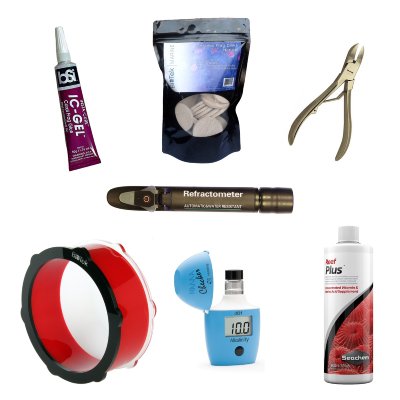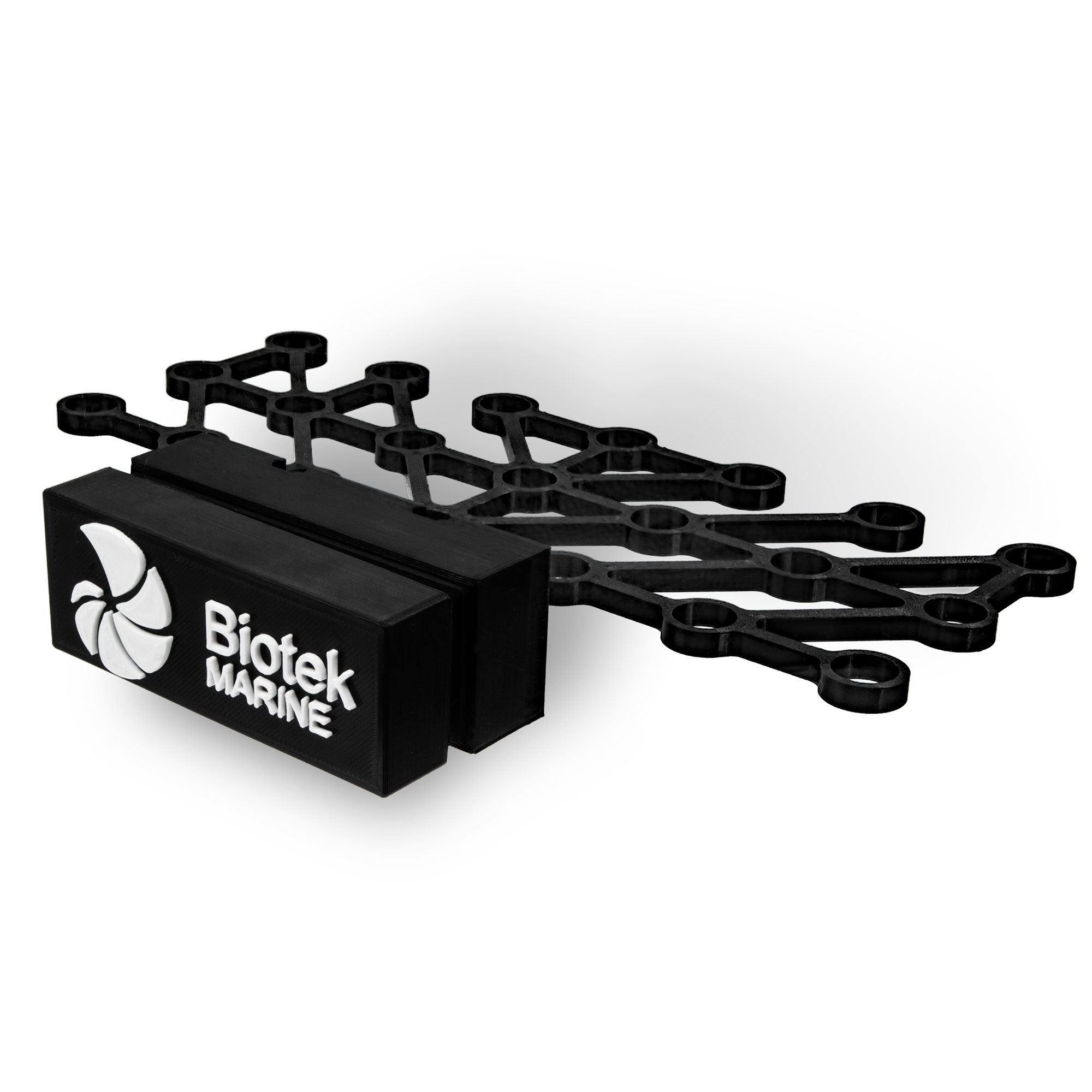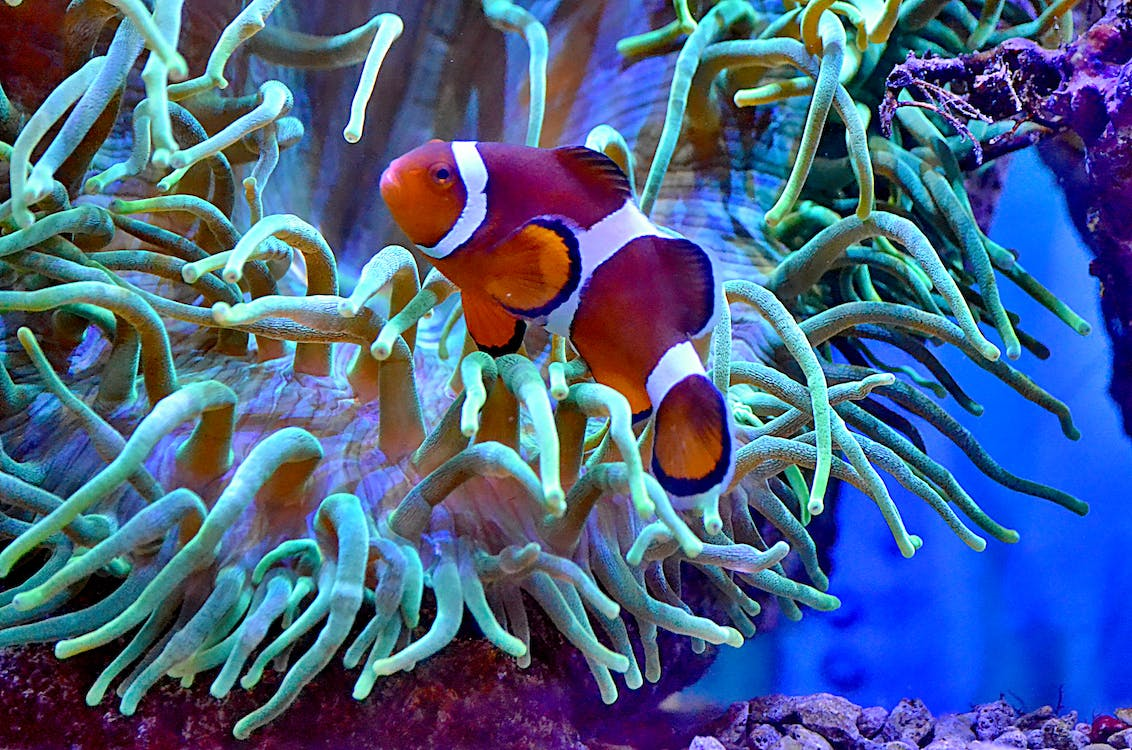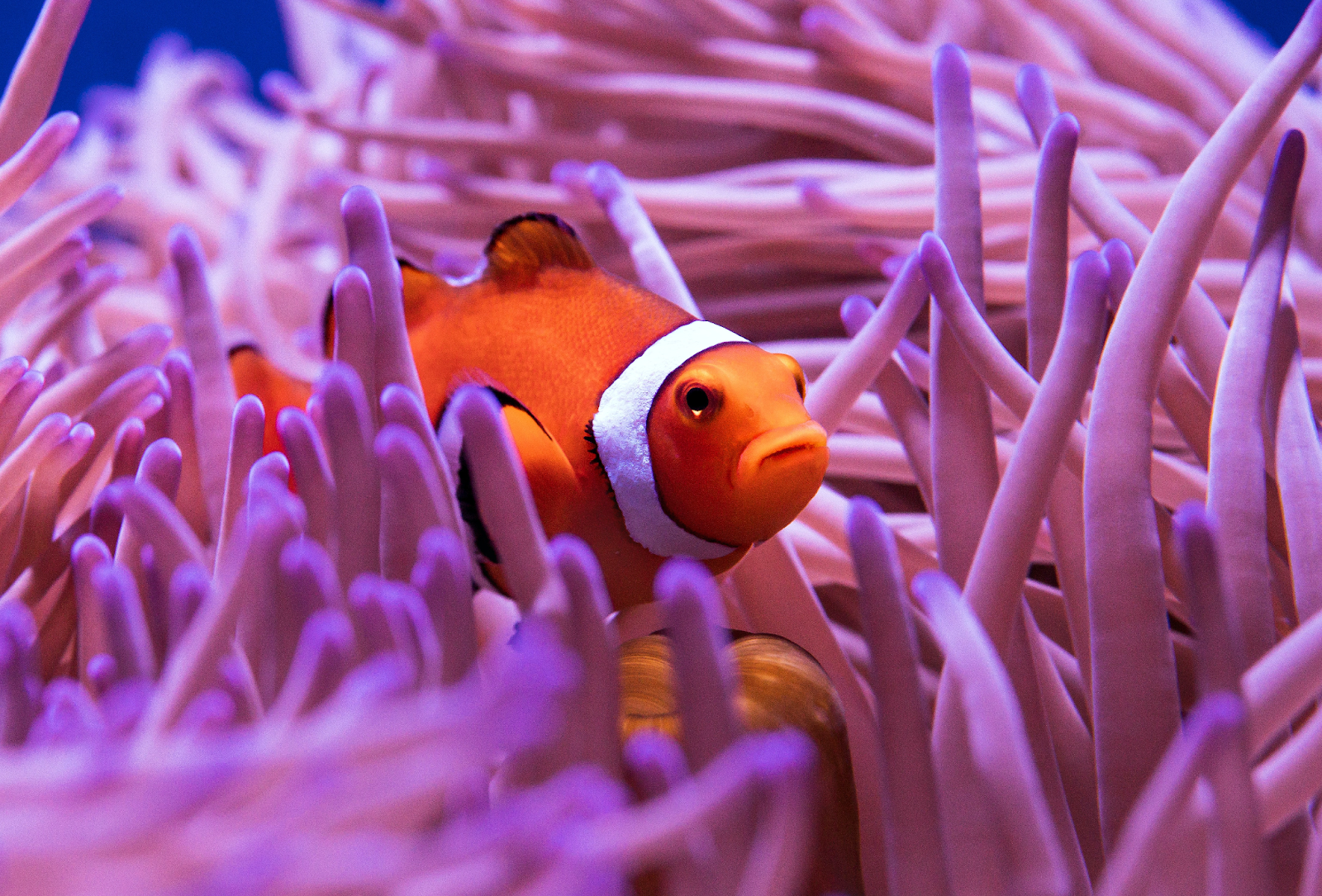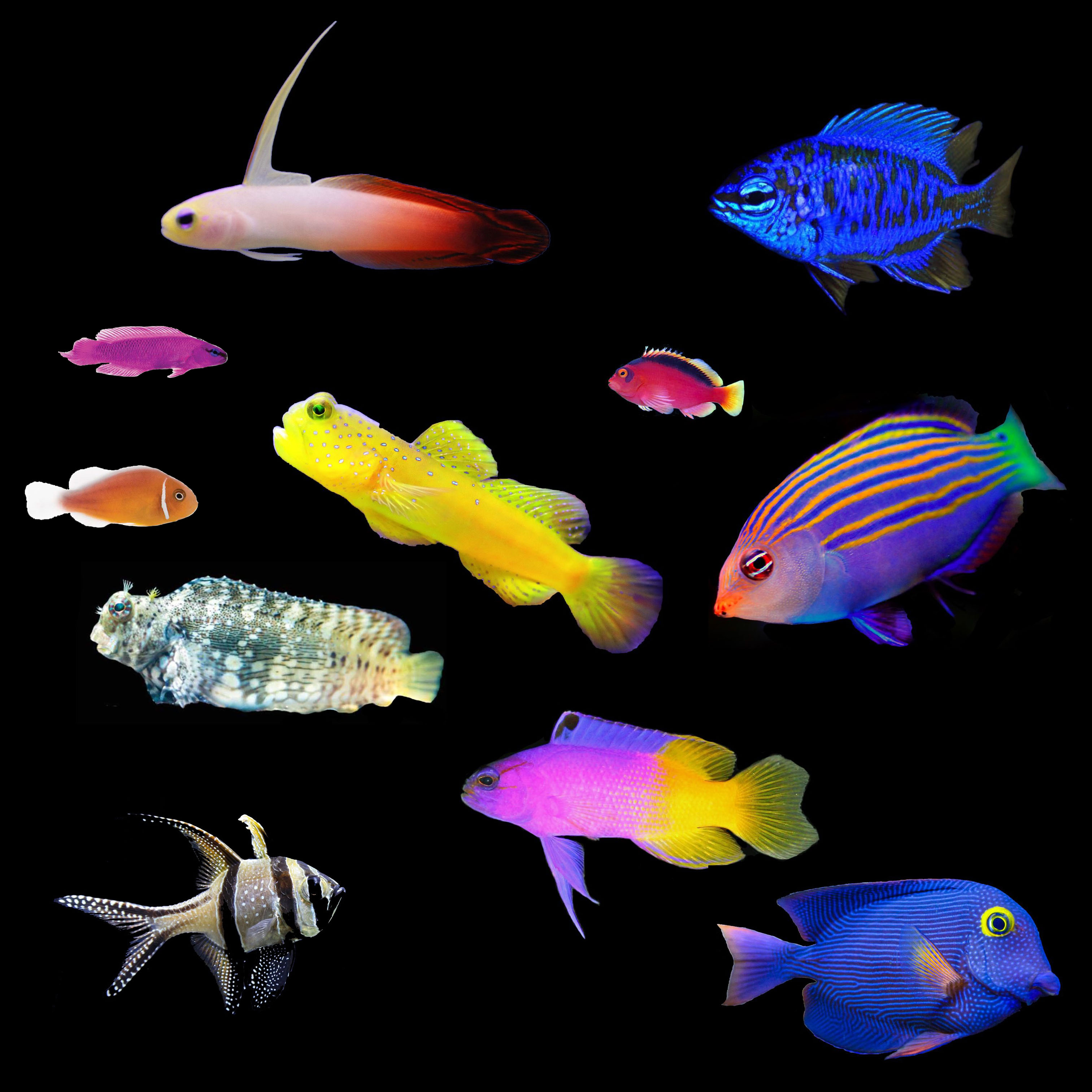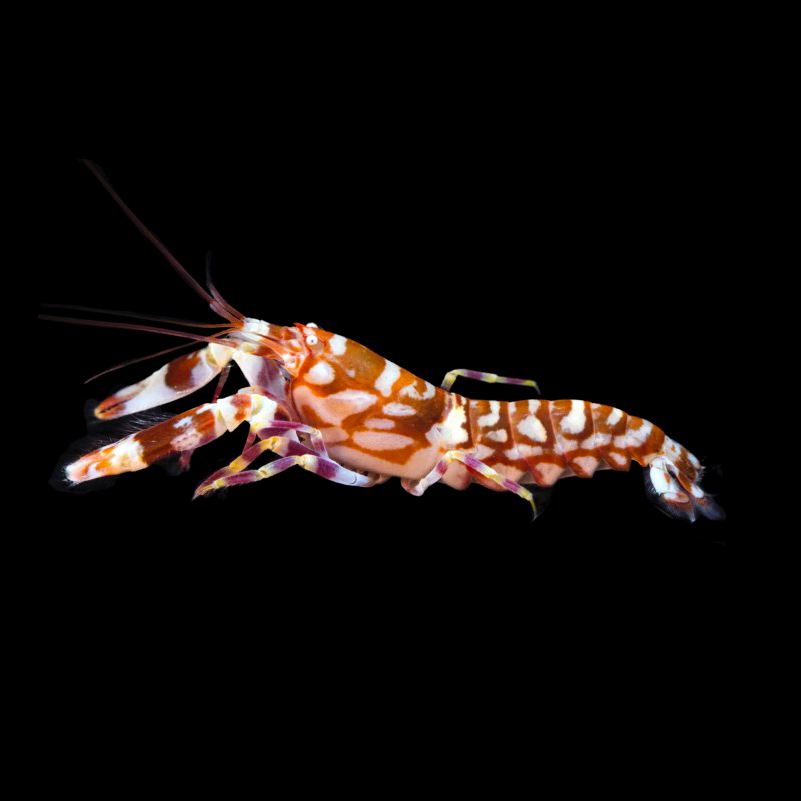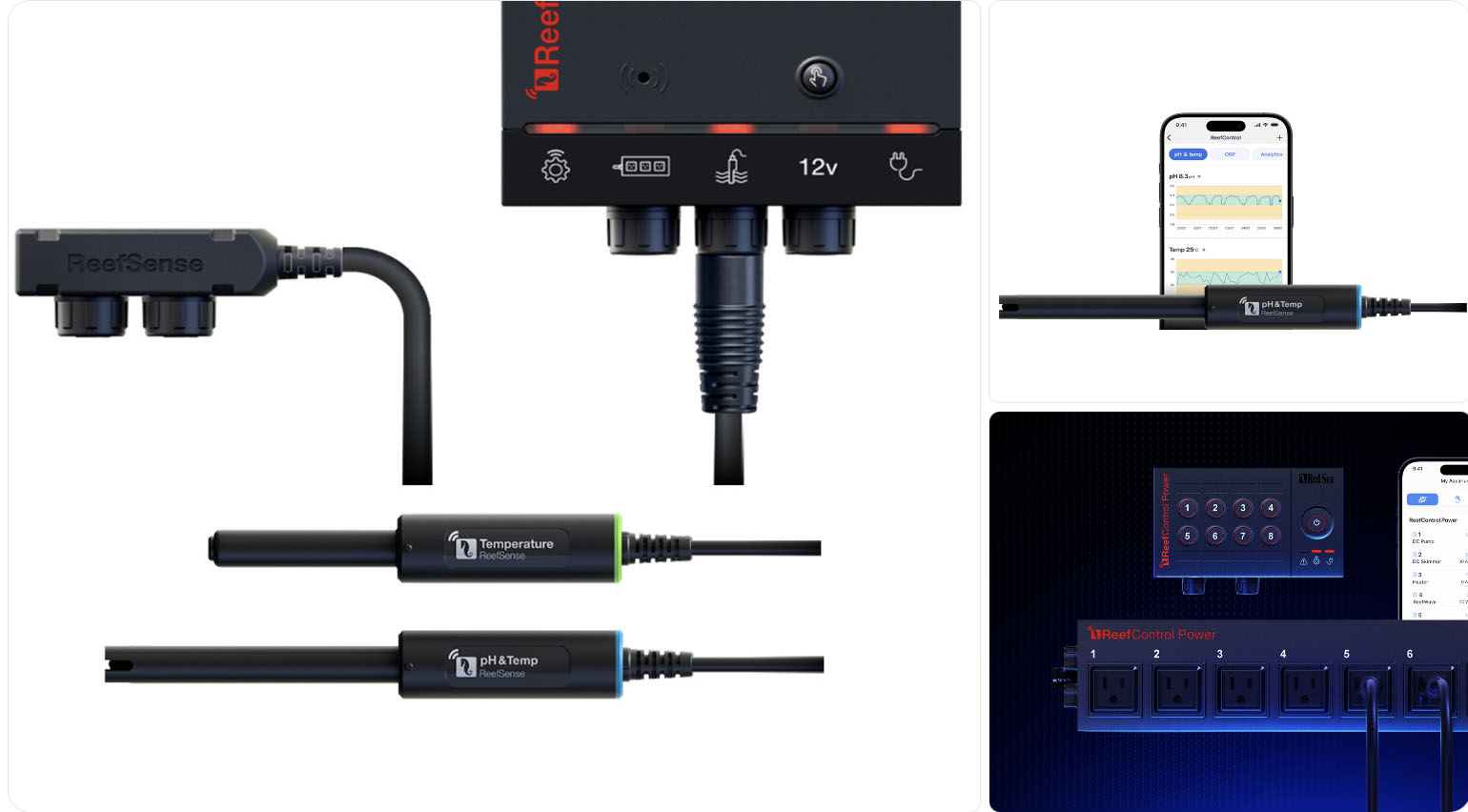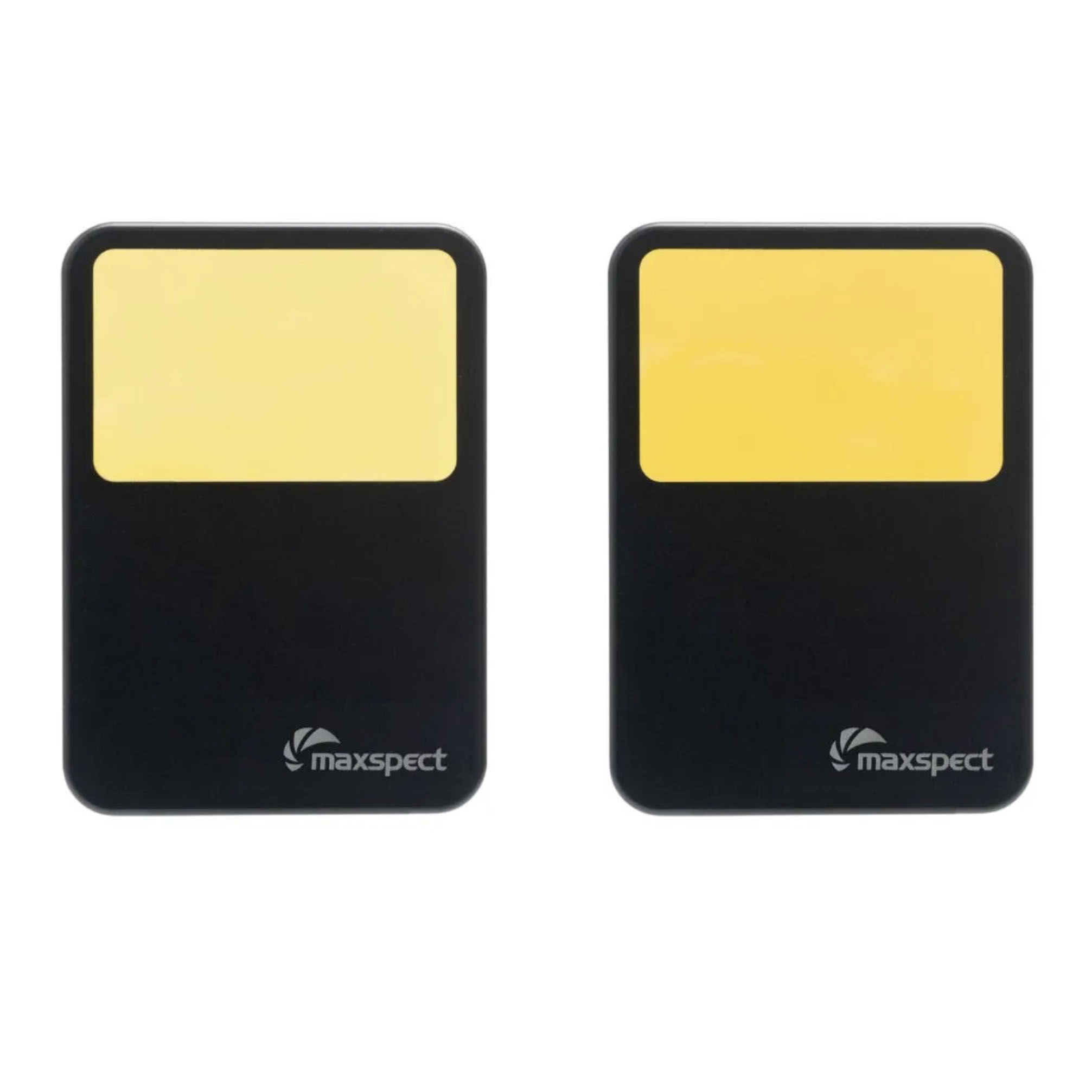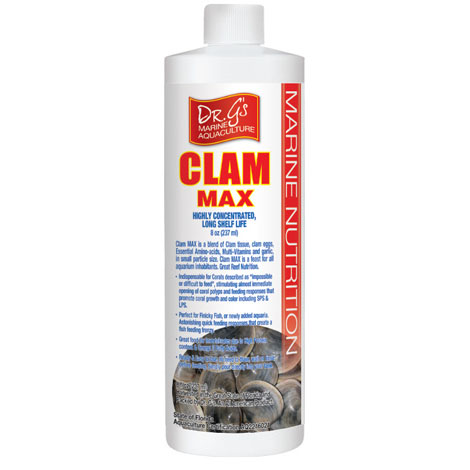We use cookies to make your experience better. To comply with the new e-Privacy directive, we need to ask for your consent to set the cookies. Learn more.
The Ultimate Guide to Montipora Corals: Species, Designer Names, and Aquarium Care
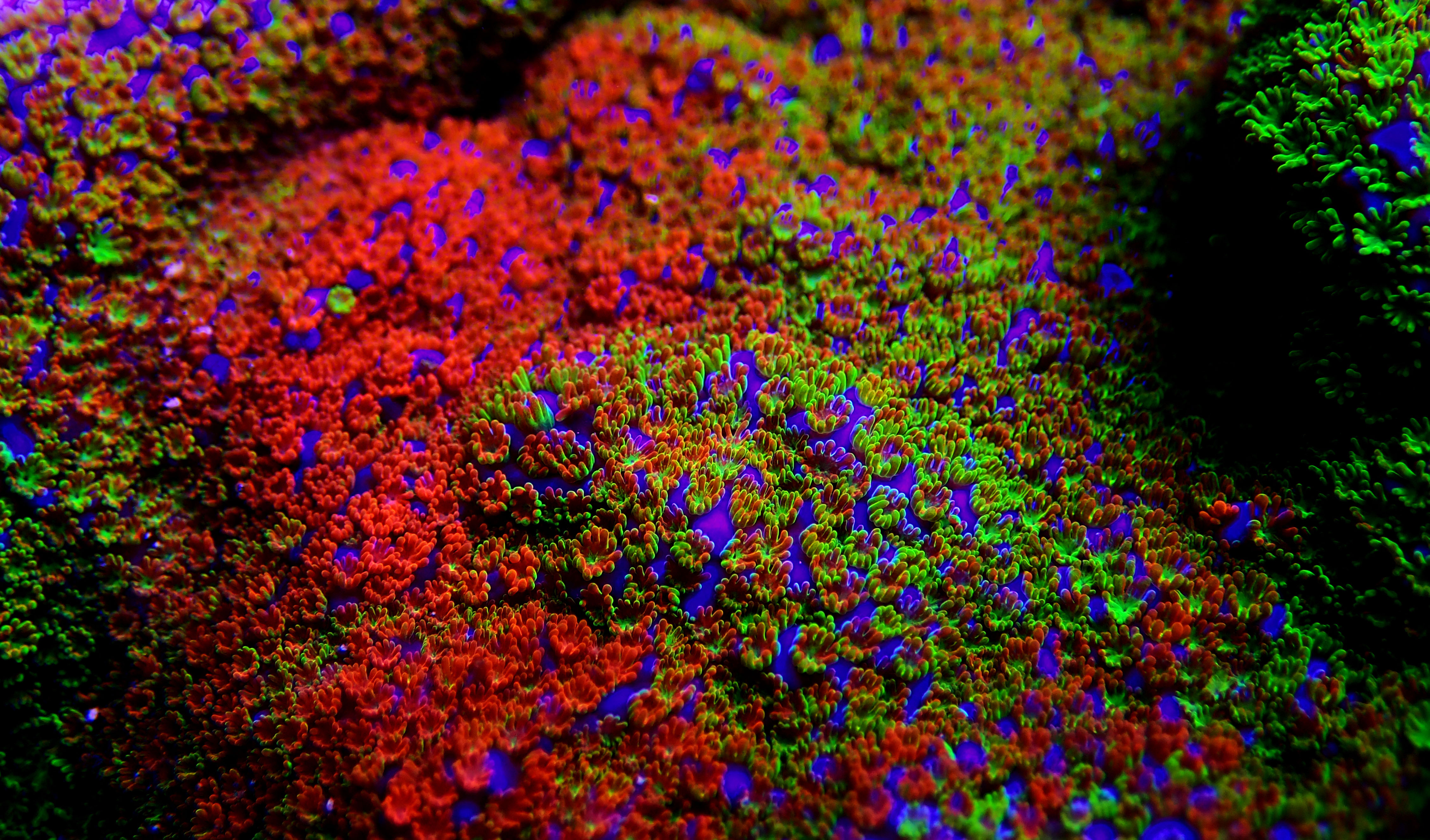
Montipora corals are a popular choice among reef enthusiasts due to their stunning colors, diverse growth forms, and relatively easy care requirements. As part of the large family of small polyp stony (SPS) corals, Montipora species offer a beautiful addition to any reef tank, with a multitude of varieties to choose from. This guide will explore the different species of Montipora corals, their designer names, differences, growth rates, and essential care requirements. Additionally, we'll cover common predatory pests and how to manage them effectively in your aquarium.
The Ultimate Guide to Montipora Corals: Species, Designer Names, and Aquarium Care
Montipora corals are a popular choice among reef enthusiasts due to their stunning colors, diverse growth forms, and relatively easy care requirements. As part of the large family of small polyp stony (SPS) corals, Montipora species offer a beautiful addition to any reef tank, with many varieties to choose from. This guide will explore the different species of Montipora corals, their designer names, differences, growth rates, and essential care requirements. Additionally, we'll cover common predatory pests and how to manage them effectively in your aquarium.
Understanding Montipora Coral Species
Montipora corals are widespread across the Indo-Pacific region, thriving in various reef environments. Here are some of the most popular species within the hobby:
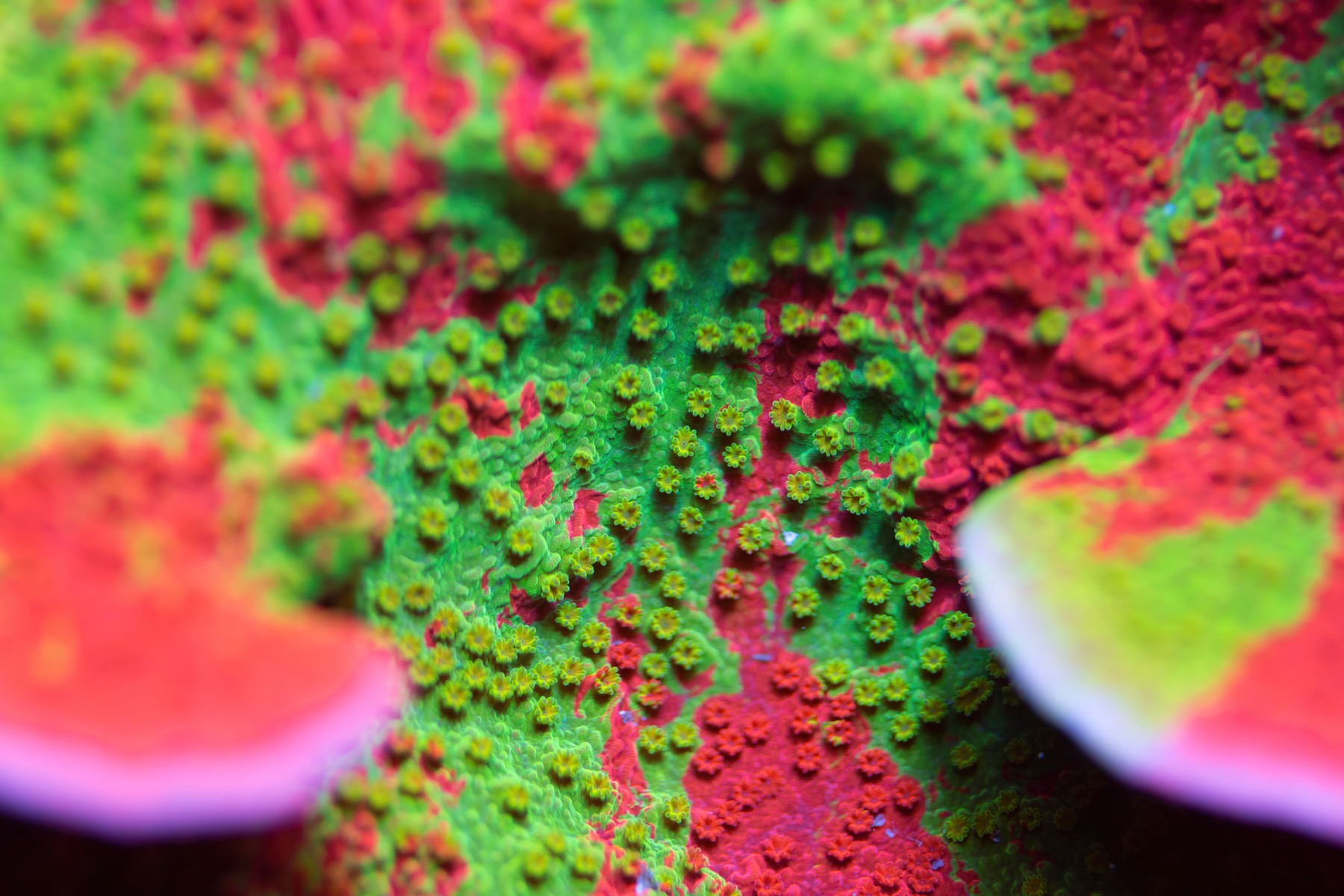
-
Montipora capricornis: Known for its beautiful plating growth form, M. capricornis is a favorite among hobbyists. It comes in various colors, including red, purple, yellow, orange, and green. (grafted Montipora photo above)
-
Montipora digitata: This species exhibits branching growth and is available in multiple colors such as purple, green, orange, red, blue. (photo below)
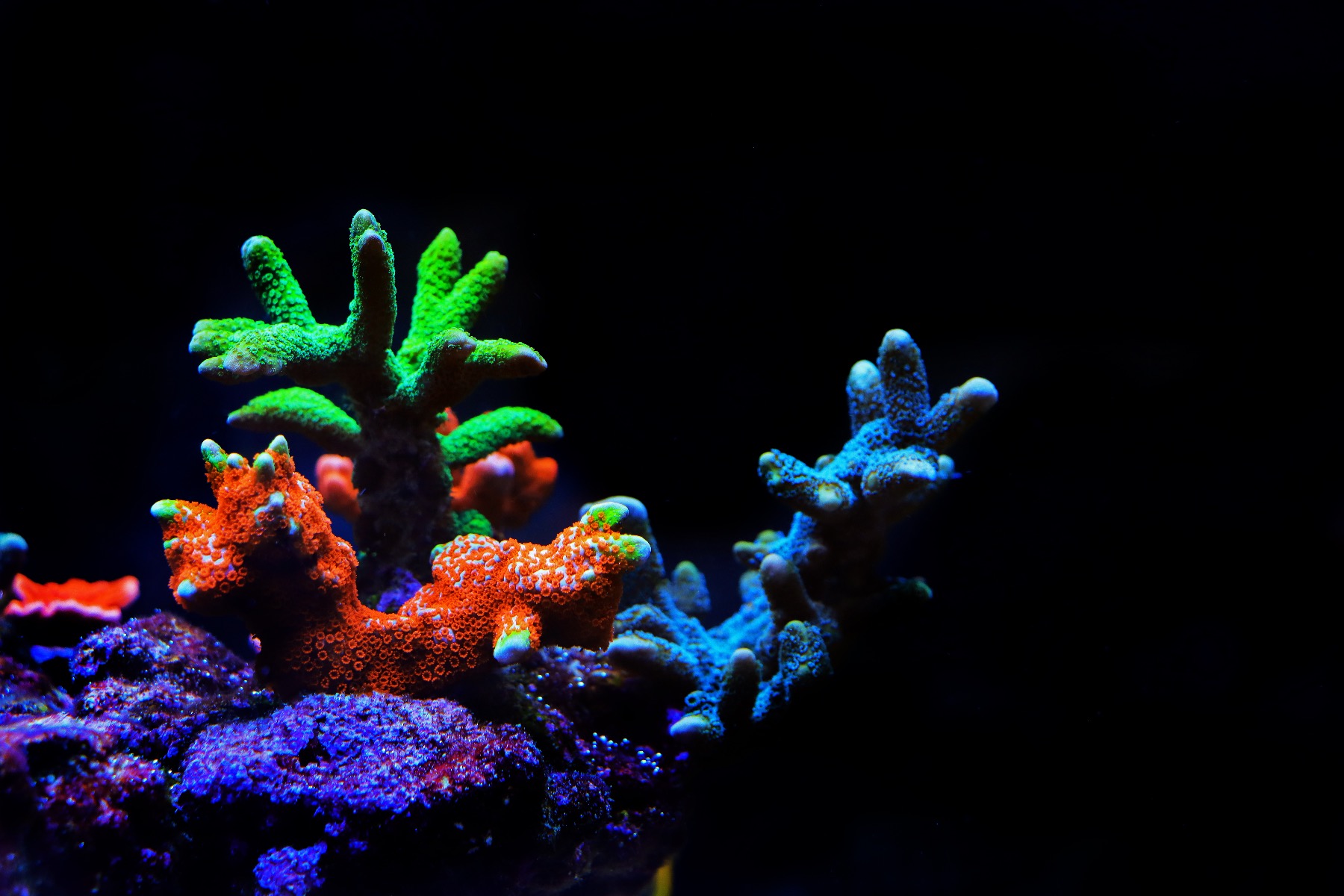
-
Montipora setosa: Recognized for its vivid orange coloration and encrusting growth form, M. setosa is highly sought after. Grafted pieces will even exhibit a combinaton of yellow, orange and red hues.
-
Montipora undata: Featuring a unique wavy, encrusting growth, M. undata can display stunning purple and green hues in its most common form.
-
Montipora danae: Known for its encrusting and plating growth forms, M. danae often exhibits bright colors like blue and purple.
Other popular Montipora species include:
- Montipora verrucosa: Notable for its wart-like protrusions and varied color palette.
- Montipora foliosa: Displays a delicate, leafy structure, often in shades of green and brown.
- Montipora aequituberculata: Characterized by its bumpy surface and pastel colors.
- Montipora monasteriata: Features a smooth texture and comes in various hues, from brown to blue.
- Montipora hirsuta: Exhibits a fuzzy appearance due to its fine polyps and is usually brown or green.
- Montipora tuberculosa: Known for its knobby texture and can be found in shades of pink and purple.
- Montipora peltiformis: A smooth, plating species often seen in green or brown.
- Montipora venosa: Exhibits a distinctive veined pattern and is typically a shade of brown or green.
- Montipora aequalis: Displays a bushy growth form and is usually green or brown.
- Montipora spumosa: Known for its bubbly appearance and vibrant colors, often green or orange.
Montipora corals have captivated reef enthusiasts with their vibrant colors and unique growth forms. Many of these corals have been given distinctive names by hobbyists and aquarium businesses to highlight their exceptional characteristics and Aquarium Specialty is building up its inventory on varios Montipora species and named varieties. Included below is an extensive list of some of the most popular named Montipora corals in the aquarium hobby. Some of the Designer Montipora Names in the aquarium hobby include:
Mystic Sunset Montipora
Sunset Montipora: Famous for its bright orange polyps set against a deep blue or green background.
Rainbow Montipora: Oldie but goodie (photo below)

Mind Meld Montipora: Grafted Monti
Superman Montipora: Noted for its vibrant red polyps on a blue base, creating a striking contrast (photo below).
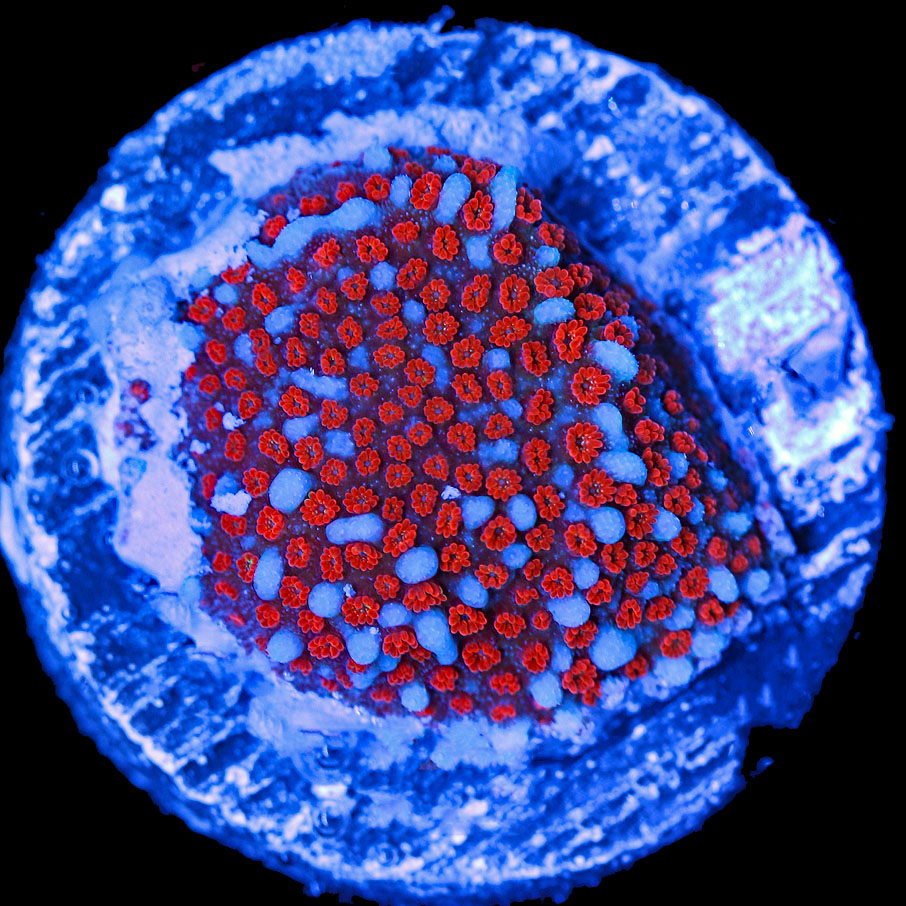
Reverse Superman Montipora
Forest Fire Montipora: Features a green base with red polyps, resembling a forest fire.
Pokerstar Montipora
Jedi Mind Trick Montipora (photo below)
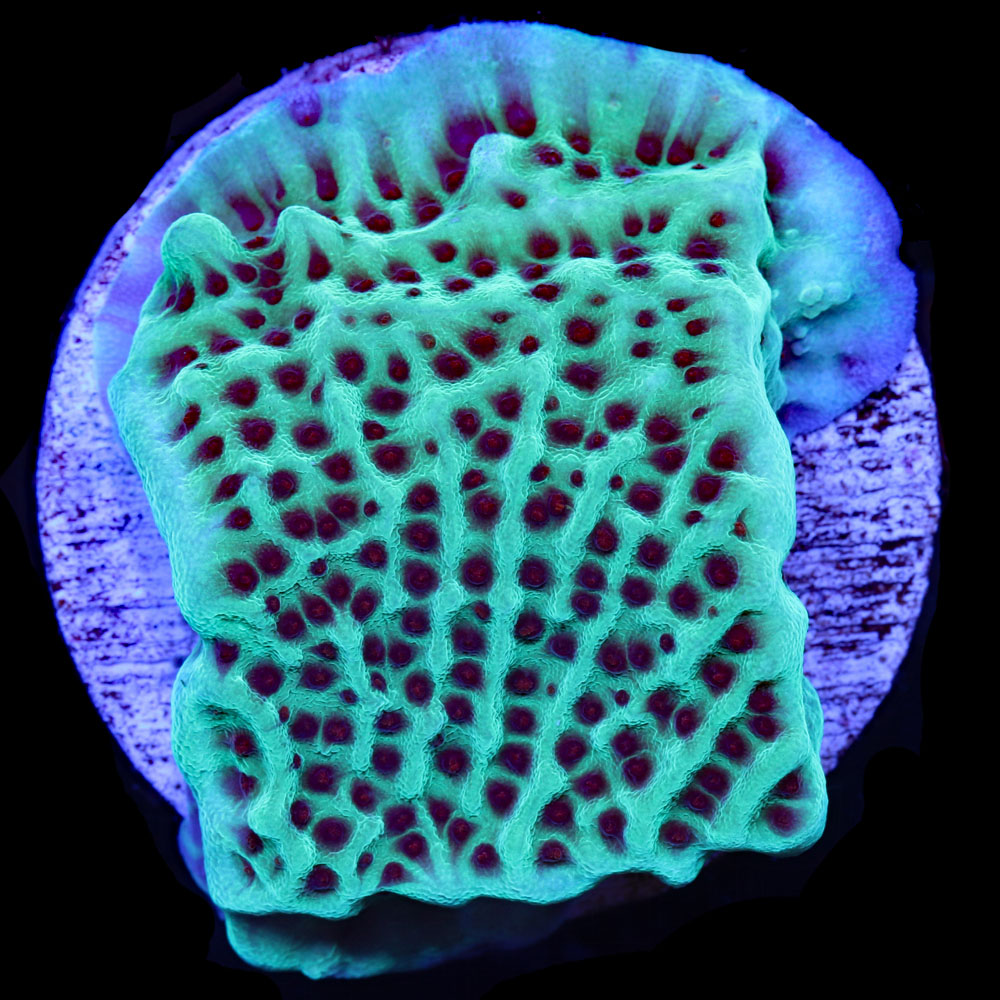
Bubblegum Monster Montipora (photo below)
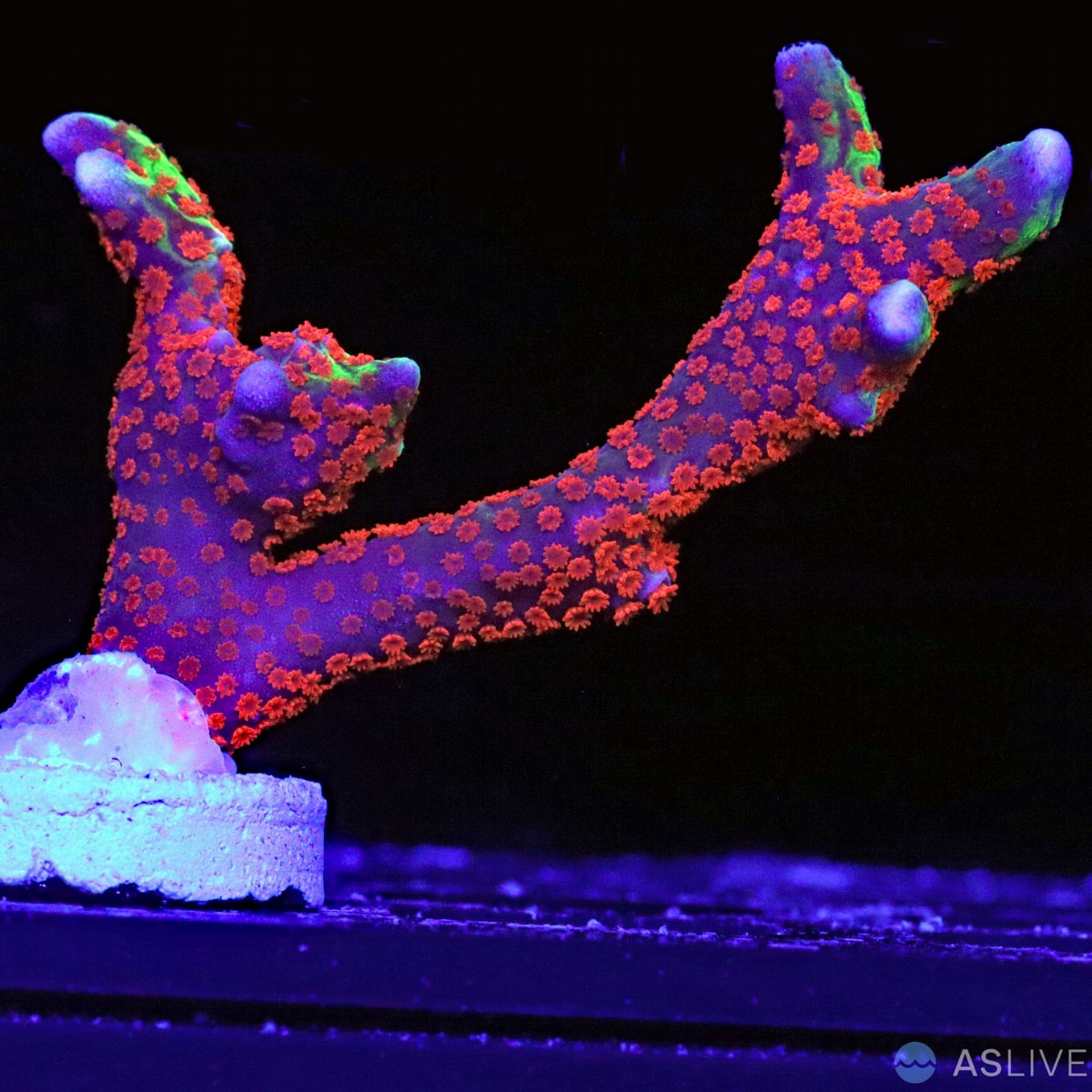
Pink Sand Dollar Montipora
Orange Setosa Montipora
Undata Montipora
Beach Bum Montipora (photo below)
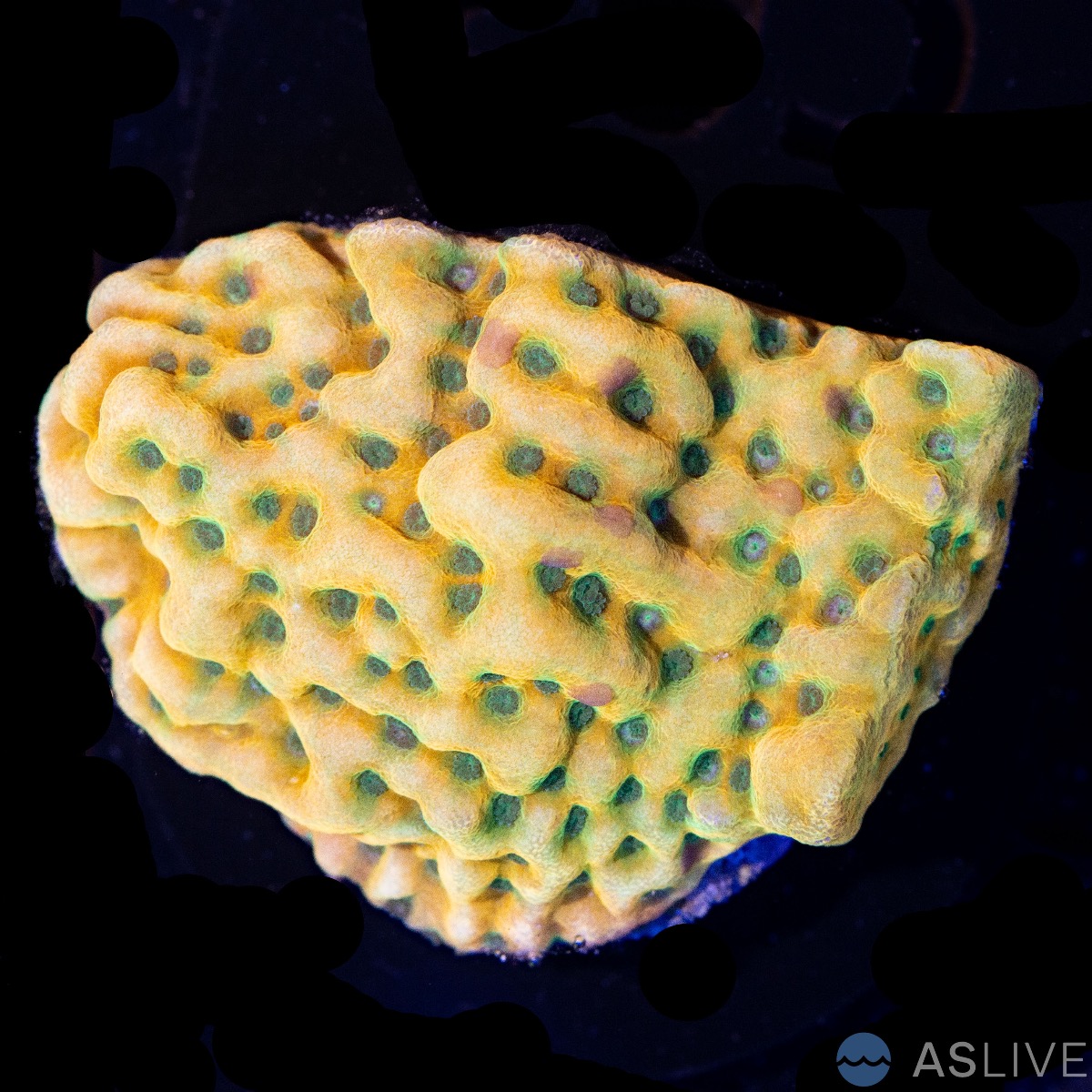
Freak Hair Montipora
Spitfire Montipora
Jellybean Montipora
Crazy T Montipora
Firefly Montipora
Grafted Montipora setosa (photo below)
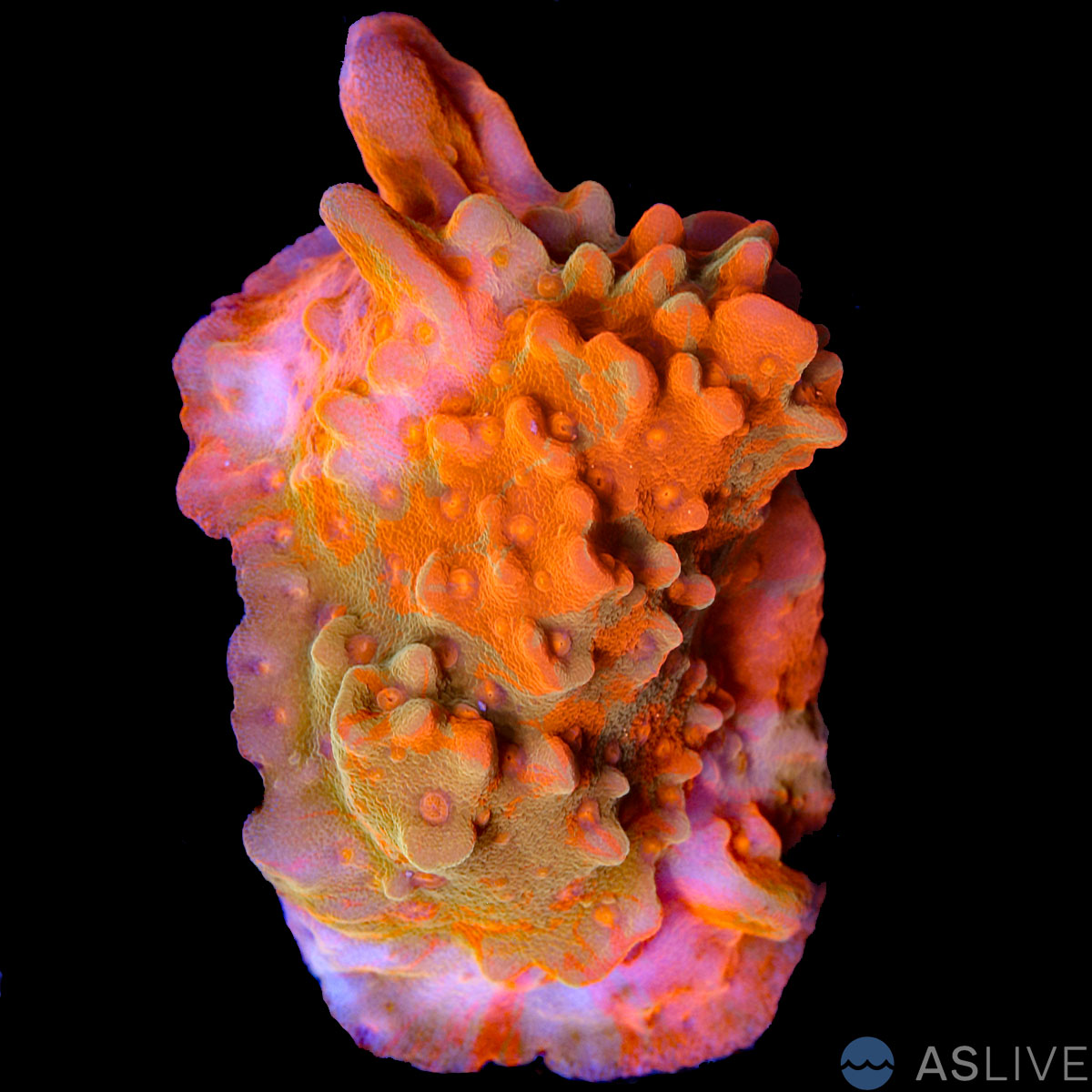
Reverse Superman Montipora: Displays blue polyps on a red base, opposite of the traditional Superman Montipora.
Flamethrower Montipora
Inferno Montipora
Purple Haze Montipora
Sunset Montipora (photo below)
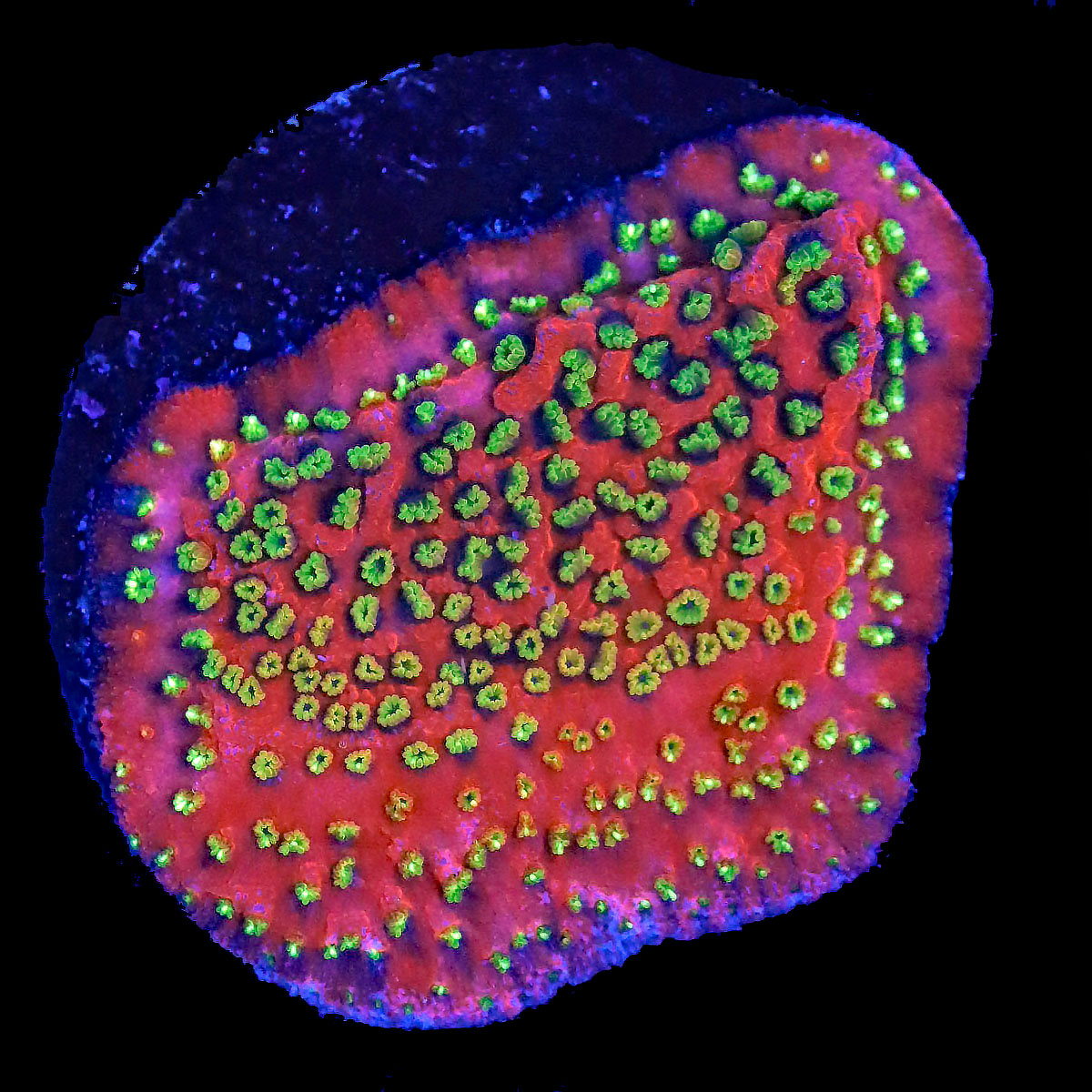
Stellar Montipora
German Blue Polyp Montipora
CC Inferno Montipora
Galactic Odyssey Montipora
Burning Ember Montipora
Orange Sherbet Montipora
Confetti Montipora: Exhibits a mix of colors, often pink, blue, and green, giving a confetti-like appearance.
Dragonfruit Montipora: Like is namesake, beautiful dragonfruit coloration with light blue polyps.
Differences Between Montipora Species
The primary differences between Montipora species lie in their growth forms and coloration:
-
Growth Forms: Montipora corals can exhibit various growth forms, including plating (M. capricornis), branching (M. digitata), encrusting (M. setosa), and wavy (M. undata). Each growth form offers a unique aesthetic and habitat structure within the reef tank.
-
Coloration: Montipora corals are known for their vibrant colors. The coloration can vary significantly between species and even within the same species, depending on lighting conditions and water chemistry.
Growth Rates of Montipora Corals
Montipora corals are generally fast growers compared to other SPS corals. However, growth rates can vary based on species and environmental conditions:
- Montipora capricornis: Known for its rapid growth, this species can quickly form large plating and swirling colonies under optimal conditions.
- Montipora digitata: Also a fast grower, M. digitata can develop extensive branching structures relatively quickly.
- Montipora setosa: While it grows more slowly than M. capricornis and M. digitata, it can still form substantial encrusting colonies over time.
- Montipora undata: This species has a moderate growth rate, often producing wavy, encrusting structures.
- Montipora danae: Exhibits a variable growth rate, with some colonies growing faster than others depending on the specific strain and conditions.
Aquarium Care Requirements for Montipora Corals
To ensure the health and growth of Montipora corals, it is essential to provide optimal care conditions:
- Lighting: Montipora corals thrive under high-intensity lighting, such as metal halides, T5s, or LEDs. Proper lighting intensity and spectrum are crucial for maintaining their vibrant colors.
- Water Flow: Moderate to high water flow is necessary to ensure that Montipora corals receive adequate nutrients and maintain their health. Strong water movement helps prevent debris from settling on the coral's surface.
- Water Parameters: Montipora corals prefer stable water parameters with the following ranges:
- Temperature: 75-80°F (24-27°C)
- Salinity: 1.024-1.026 SG
- pH: 8.1-8.4
- Alkalinity: 8-12 dKH
- Calcium: 400-450 ppm
- Magnesium: 1250-1350 ppm
- Nutrient Levels: Low nutrient levels are essential to prevent algae growth, which can outcompete and harm Montipora corals. Regular water changes and efficient protein skimming can help maintain low nutrient levels.
Predatory Pests and Management
Montipora corals can be susceptible to various predatory pests, including:
- Montipora-Eating Nudibranchs (Aeolididae): These pests feed on Montipora tissue and can cause significant damage. Signs of an infestation include white, dead patches on the coral.
- Acoel Flatworms: These small, flat worms can cover and irritate Montipora corals, leading to tissue recession.
Pest Management Strategies:
- Dips: Performing coral dips using commercial coral dip solutions can help remove pests from newly acquired corals before introducing them to the main display tank.
- Manual Removal: Regularly inspecting and manually removing pests can help control their population.
- Predatory Fish and Invertebrates: Introducing natural predators, such as wrasses (e.g., six-line wrasse) or certain types of shrimp, can help control pest populations.
- Quarantine: Quarantining new corals before adding them to the main tank can prevent pest introductions and allow for early detection and treatment of any issues.
Montipora corals offer a stunning addition to most any reef aquarium with their diverse colors, growth forms, and relatively easy care requirements. By understanding the differences between species, providing optimal care conditions, and managing potential pests effectively, you can enjoy the beauty and growth of these remarkable corals in your home aquarium. Whether you're captivated by the natural species or designer varieties, Montipora corals are sure to be a highlight in your reef tank.
About the Author

Scott Groseclose is the founder and owner of Aquarium Specialty & The Southern Aquatic Experience. With over three decades of experience in the saltwater and reef aquarium hobby & industry, Scott is passionate about educating hobbyists and advancing the reefing community. His commitment to excellence and innovation has helped Aquarium Specialty become a trusted resource for aquarists of all experience levels. When he’s not managing the business, Scott enjoys time on the coast and spending time with his family & friends.
Topics
Tags




